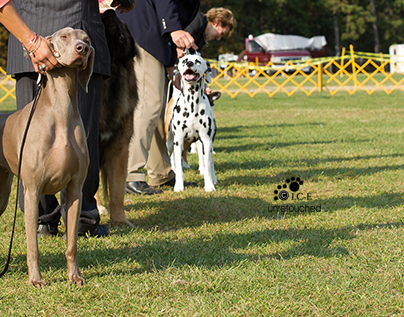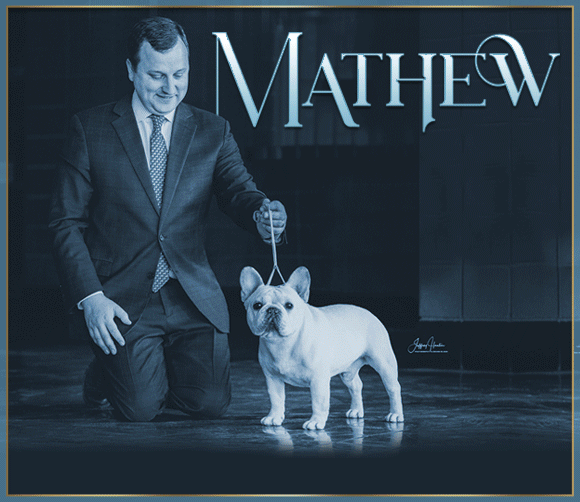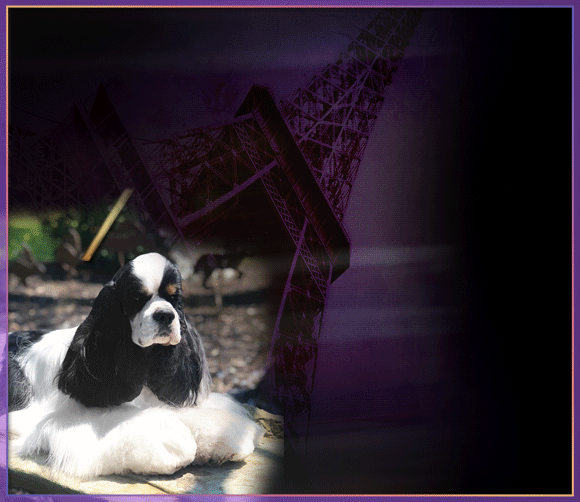The Judge/Breeder/Exhibitor Conundrum – Part 2
From the archives of The Canine Chronicle, September, 2005
by Gay Dunlap
Another judge addressed the possibility that, when one has been a successful breeder over the years, it would not be unusual to find his bloodline appearing in the ring before him. For instance, I have been breeding for thirty-five years and judging my breed for twenty-five of these. The #2 top-producing Terrier sire of all time is a dog I bred in 1977. Had I elected to ask all who bred to my dog not to show to me or to refrain from showing his get to me–especially in those early days–I simply would not have had an entry. It’s as plain as that.
”Another judge stated it a different way, saying we have “pretty good flame-retardant suits”.”
Judges do ask those exhibiting a dog either bred or co-bred by them not to show the dog under them. This request is, in most cases, honored. Only once in all these years was a dog shown to me that I bred. She was co-bred, lived in another part of the country and shown by a handler. I had no idea who she was, really liked her, and gave her Winner’s Bitch. I may even have taken her further, but it was quite some years back and my memory fails me. What I do remember, however, is being quite out of sorts when I noted in the catalog that I put up a bitch I had co-bred. So, it can happen.
There are some judges who will request that the owners of a stud dog used by them not show under them following the breeding, usually for a specified length of time. One judge admitted, however, to this “causing a problem” since she often judged in the stud dog owner’s territory while the dog was being seriously campaigned.
There are those who do not want offspring of their stud dogs shown to them. Unless you, the judge, as the owner of the stud, have an ongoing relationship with the owner of the dam and/or the owner of a pup or pups, it would be almost impossible to determine this by looking, wouldn’t it? If you do have similar close ties or the offspring are easily recognizable, you are treading on soft ground and may leave yourself open for censure.
“Judge the dogs on the day,” we are advised, and indeed we strive to do this. Most of us are quite clear when good friends approach about showing to us. My own response has always been, “If you can’t take losing under me then don’t show to me.” I have already alluded to the necessity of having broad shoulders. Another judge stated it a different way, saying we have “pretty good flame-retardant suits”.
All of this boils down to determining whether or not a specific scenario represents a conflict of interest…whether or not it encumbers a judge’s reputation or is ethically dubious. The AKC states openly that they understand it is only natural for judges to want to continue breeding and exhibiting. They also make it clear that judges who exhibit are a major source of complaints. They recognize that judges cannot control who enters under them and consequently situations may arise that may require the excusing of an exhibitor due to a conflict of interest known to them.
Further, the AKC requires that judges both possess and project an “unwavering air of integrity and ethical behavior”. They go on to remind us that, whereas guidelines can never cover every situation, with common sense, judges can avoid situations that might raise ethical questions. AKC presumes judges to be “honest, competent and dedicated” and states in its Guidelines for Conformation Dog Show Judges, “Obviously some ethical rules are clear”. One of these rules states, “Advise potential exhibitors not to enter under you when their presence or the presence of their dogs might give the impression of unfair advantage”; e.g., if the exhibitor is your employer or an employee; a relative; a person with whom you co-own dogs; a person with whom you travel to dog shows. We are reminded that the key is to avoid situations that are likely to give the impression of impropriety.
The bottom line here is to let your conscience be your guide. If a given situation creates tension within or has the potential to cause discomfort, don’t do it. AKC states there will always be those “gray areas” that perplex judges and confirms using your conscience as a guide, calling it a “Handy Rule of Thumb”. “If you have concerns about whether something is inappropriate, you probably should avoid the situation.” At the same time, we must be cognizant of the fact that what may cause discomfort for one judge may not for another. It is not a matter of right or wrong in most instances, particularly with those not governed by guidelines. It is simply a matter of what feels right ethically and morally. And in the end, no matter the circumstance, as judges we still need the fortitude to withstand the slings and arrows!
Read Part 1 @ http://caninechronicle.com/?p=183913
Short URL: http://caninechronicle.com/?p=183962
Comments are closed














